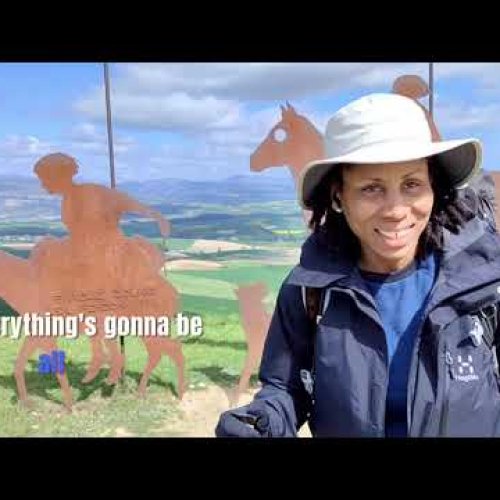scruffy1
Veteran Member
- Time of past OR future Camino
- Holy Year from Pamplona 2010, SJPP 2011, Lisbon 2012, Le Puy 2013, Vezelay (partial watch this space!) 2014; 2015 Toulouse-Puenta la Reina (Arles)
I do enjoy observing the architecture or rather the changes in building materials and style as one walks the Camino - slate roofs or tiles, stone, brick, concrete, the second floor windowed balconies (what are these called in Spanish/Galego?) of Galacia.. There are many villages along the Camino in which the older buildings are built from mud brick or cob - the straw plainly visable in the bricks. There are albergues in Calzadilla de la Cueza and in El Burgo Ranero built entirely of mud brick, finished off nicely inside with plaster to a height of several meters but the brick continues upward until the roof. In the American South West and Mexico this is called adobe. Is this the proper term for Spainish buildings as well?












